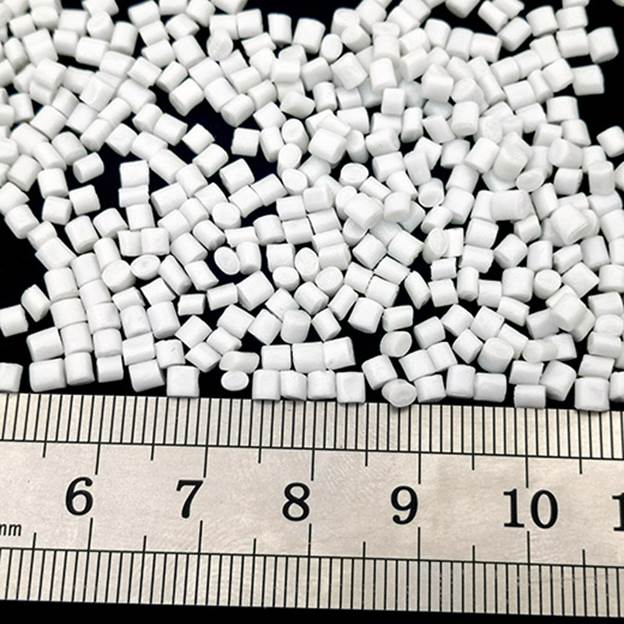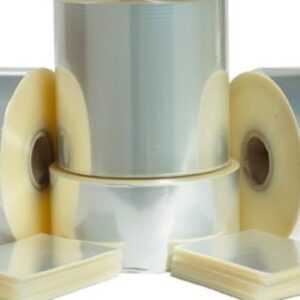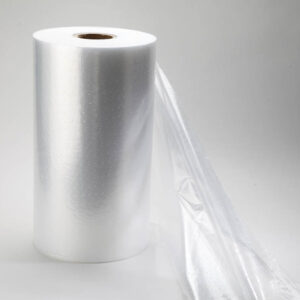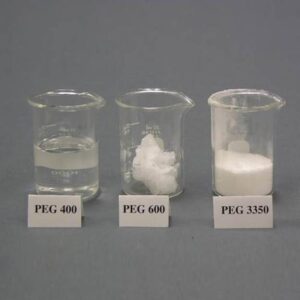Description
PET – Bottle Grade
General Information on PET-Bottle Grade
Nowadays, it’s not easy to find a glass of water, with the world’s population exploding in the last century. Considering the scarcity of PET – Bottle Grade, these materials must be transported and stored as efficiently as possible. Not only are synthetic polyethylene terephthalate (PET) bottles lightweight and durable, but they also require less energy to transport. The fact that it’s simple to recycle is a bonus. Most packaging these days is made from PET bottle material (mainly beverage bottles). To make PET, PTA and MEG are esterified and then polymerized (mono-ethylene glycol). PTA, created by oxidizing PX, is a crucial material input in PET synthesis (para-xylene).

Usage of PET – Bottle Grade
Soda, water, juice, salad dressing, canola oil, nut kinds of butter, shampoo, fluid hand soap, mouthwash, medications, and even tennis balls are some of the many products that find a home in a PET – Bottle Grade. To this day, PET remains the material of choice for the vast majority of single-serving and 2-liter bottles of carbonated beverages and water marketed in the United States. Containers for ready-to-eat meals heated in the microwave or oven are made from a special PET. Shatterproof, nonreactive, inexpensive, and lightweight, PET is a highly sought-after packaging material. The worldwide consensus among health organizations is that PET is safe for use in the food, beverage, hygiene products, pharmaceutical, and medical industries.
| Applications |
| Soda, water, juice, salad dressing, canola oil, nut kinds of butter, shampoo, fluid hand soap, mouthwash, medications, and even tennis balls
Containers for ready-to-eat meals Food, beverage, hygiene products, pharmaceutical, and medical industries. |
PET – Bottle Grade

Technical data sheet & Chemical Formula of PET – Bottle Grade
Polyethylene terephthalate (PET or PETE) is a technical term for a type of polyester used to make various durable synthetic fibers and resins. PET is spun into fibers for everlasting press fabrics, while PET is blow-molded into bottles for one-time use. Its chemical formula is (C10H8O4)n, most commonly abbreviated C5H4O2. Here is the PET – Bottle Grade datasheet.
| Analysis Item | Unit | Specification |
| Intrinsic Viscosity | dl/g | 0.72-0.82 |
| Carboxyl End Group | % wt | Max 32 |
| DEG Content | % wt | Max1.5 |
| Melting point | °c | 249 |
| Water Content | % wt | Max 0.3 |
| Chips weight | g/100EA | 2.6 |
| Chips Dimension | mm | 3.8*2.6 |
Packing of PET – Bottle Grade

Packing
PET – Bottle Grade is typically bagged and loaded onto trains or ocean liners using intermodal containers. Bulk orders may include shipments of any weight from one kilo to several tons.
Safety & warning & transportation of PET – Bottle Grade
It has been almost more than 30 years since the Food and Drug Administration (FDA) and similar regulatory organizations worldwide determined that PET – Bottle Grade was safe for use in packing food and drink. Pet or polyethylene terephthalate plastic is widely used in food packaging. According to Regulation. (EC) No. 1272/2008, polyethylene terephthalate (PET) is not dangerous (CLP). As far as we know, PET does not persist in the environment, bioaccumulate, or are hazardous (PBT). Empty PET bottles can shrink even more when kept at temperatures exceeding 100 °F (38 °C), accelerating the relaxing of the bottle’s oriented and partially oriented sections. The finish and neck, made of amorphous materials, can become severely distorted when exposed to temperatures above 131 degrees Fahrenheit (55 degrees Celsius). Bottles should be kept at a moderate temperature to preserve their dimensions and qualities throughout time.
You should make sure the storage space of PET – Bottle Grade is clear of dust, stink, insects, and rodents. A seal indicating that it is safe for food storage is also required. Keep PET bottles out of the bright light. PET bottles shouldn’t be kept near odorous substances like spices, solvents, ink, cleaning materials, or disinfectants. A temperature-controlled container or truck that can keep a temperature of 80°F/27°C or lower is advised when transporting empty PET bottles to or through regions where outdoor temperatures may reach 90°F/32°C. According to the International Maritime Organization’s, the International Air Shipment Association’s, and the International Civil Aviation Organization’s regulations, this item poses no threat during transport.






Reviews
There are no reviews yet.